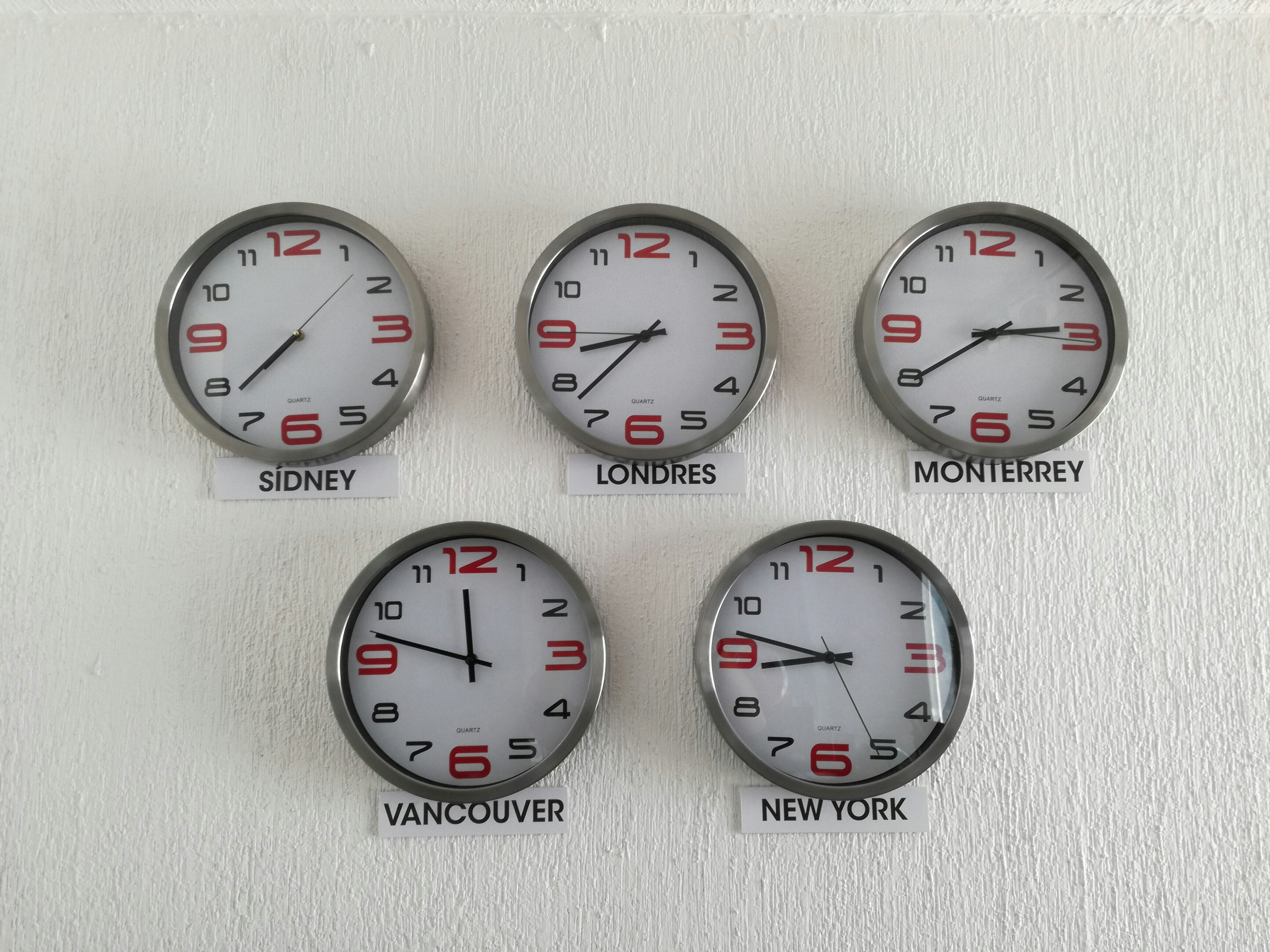Have Europe's welfare states abandoned the young to pay the old?

Although welfare pending is biased towards the elderly, spending within society and families as a whole is much more biased towards children. Image: REUTERS/Luke MacGregor
Pieter Vanhuysse
Professor of Politics and Public Policy, Department of Politics and Danish Institute for Advanced Study, University of Southern DenmarkAccusations levelled against the baby boomer generation for hoarding too much wealth and wielding too much “grey power” in an age of “gerontocracy” have become commonplace across Europe. At the centre of this debate lies the question of what resources different generations pass on to each other – and what is fair.
But in a new research paper on intergenerational transfers, demographers Robert Gal, Lili Vargha and I argue that it’s misleading to portray older people as benefiting more from society than younger people.
Complaints of intergenerational unfairness are often based purely on analysis of how much public money is spent on people at different stages of their lives. There are lots of available statistics on these state transfers, which makes them easier to analyse. But focusing on this public spending means researchers often ignore the massive resources that families themselves transfer among generations, in cash and in time.
We found that by looking at the amount of cash and time working aged people give to their own family members, it’s actually the young who turn out to get the most from society – but mainly from their parents, not states.
So much valuable time is spent within families in unpaid household labour, for instance, spent raising children and cooking, cleaning, and caring for them. And it’s often also spent caring for grandparents or great grandparents too if they become frailer.
In our research, we analysed both public policies around state transfers, as well as family cash transfers and time transfers for ten European countries in the early 21st century, including France, Germany, Italy, Spain, Finland and Sweden, and the UK. We found that welfare state spending in all these countries is indeed biased towards the elderly. States do devote significantly more resources per capita to the old than to the young.
But once we also took into account family transfers of cash and time, the picture changes radically. European societies actually transfer more than twice as many per capita resources overall to children as they do to older people. In other words, Europe is a continent of pro-elderly welfare states, embedded within societies composed of strongly child oriented families.
Time is of the essence
Net time transfers from one generation to another are highest among newborns. Quite naturally, babies need the most time intensive care. During their first year of life, European babies receive on average more per capita in time alone than a person in the prime of their working life would earn in a year. In other words, they receive in time transfers the equivalent of more money than an average man aged 30 to 49 working in that country would receive as take home pay.
These time transfers subsequently decrease, but they remain substantial for a long time. In time transfers alone, five-year-olds still receive the equivalent of more than seven months’ wages of the average worker aged between 30 and 49. Children still receive more than a third of this income at age ten, and more than a fifth at age 15. Europeans only start giving time – mainly to children – from age 25.
The largest net time contributors are in their thirties to mid-forties. This is the notorious “rush hour of life”, when many adults are simultaneously at the most stressful point in their careers and also shoulder the heaviest household and family care duties. Adults in Europe keep giving – rather than receiving – time from age 25 right until age 79. This reflects the housework, grandparenting, and other civil society activities undertaken by Europeans in their sixties and seventies.
Childhood lasts until 25
When we combined all three types of intergenerational transfer – public policies financed by taxes and social security contributions, and families’ transfers of both cash and time – we could then calculate the full net balance of all resources received at any stage of life.
All in all, children between birth and age nine receive the equivalent of between 12 and 17 months of what an average worker in the prime of their working life tends to earn in their country. This is more than even the very oldest receive – those aged 90 and above. Young Europeans still receive more than three quarters of that income, right until they reach age 17 – close to official voting age.
Our method allows us to define stages of the life cycle according to what we call “net total resource dependency” – the total resources people consume, minus their total contributions. The findings strongly question the conventional idea that childhood lasts until age 18, and old age starts from age 65. Instead, our research showed that childhood in Europe lasts on average until age 25, while old age starts at age 60.
So the key question is why don’t states take a greater role in helping families raise children? After all, children are public goods. Their future taxes, innovations and other contributions will later benefit all of society, including people who don’t become parents.
Since the start of the 21st century, politicians across the EU have increasingly proclaimed state investment in human capital as the new social policy paradigm. The EU continues to emphasise the importance of “social investment” among its member states.
Yet despite much political rhetoric, actual state investment in children is still comparatively small in most of Europe, except for Scandinavian countries. In my research on early human capital investment, I’ve shown that in the first decade of the 21st century, state spending on early childhood education and care averaged only 0.6% of GDP in the Western EU member states, and 0.4% in Eastern member states. This is a tiny fraction of state spending on unemployment, pensions or health care.

Remember that children are public goods. Since they are also ever scarcer in ageing societies, the case is even stronger for a lot more state investment in their skills and human capital.
Don't miss any update on this topic
Create a free account and access your personalized content collection with our latest publications and analyses.
License and Republishing
World Economic Forum articles may be republished in accordance with the Creative Commons Attribution-NonCommercial-NoDerivatives 4.0 International Public License, and in accordance with our Terms of Use.
The views expressed in this article are those of the author alone and not the World Economic Forum.
Stay up to date:
Social Protection
Forum Stories newsletter
Bringing you weekly curated insights and analysis on the global issues that matter.
More on Economic GrowthSee all
Rishika Daryanani, Daniel Waring and Tarini Fernando
November 14, 2025







